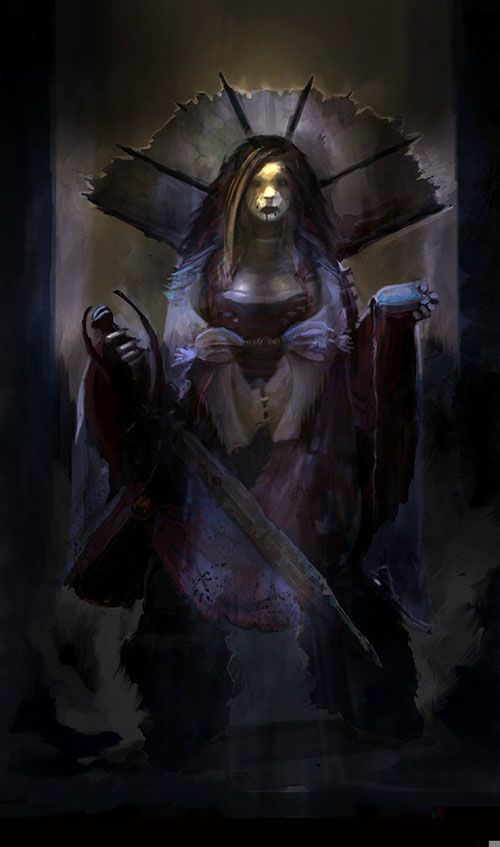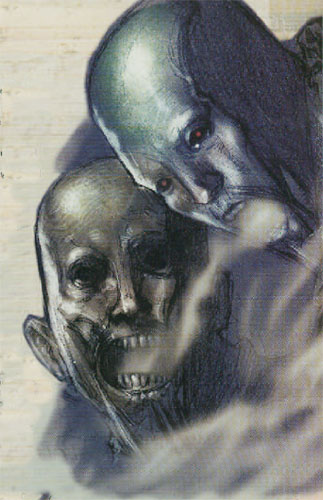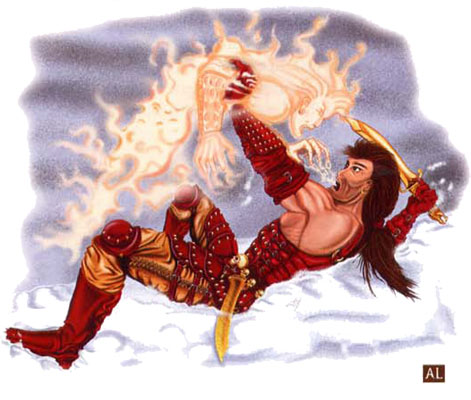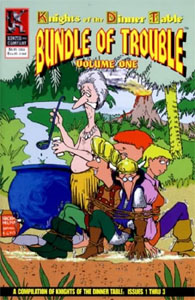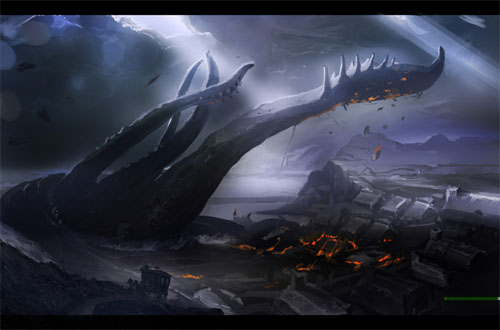If you look at the history of mechanical design for roleplaying games, I think there’s a very clear arc:
(1) You start with games that have very specific game structure that has been placed into a wider “world simulation”. (The influence from wargames is clear here.)
(2) The level of detail in the world simulation begins to grow, but is still largely contained to clear game structures. (Basically, the desire to simulate reality found within the existing wargames community began to expand as the focus of the games expanded beyond the battlefield.)
(3) Generic games appear. In seeking to provide universal rules, however, these games actually end up stripping out the vestigial game structures that still existed in RPGs. (Reading contemporary documents, it seems pretty clear that people at the time weren’t really conscious of the game structures in RPGs. In fact, most gamers still aren’t.)
(4) Between the universal focus and the removal of game structures, the desire for simulation metastasizes. Throughout the late ’70s and early ’80s, every game that came out tried to graft on more and more detail, accuracy, and specificity. (For example, look at the first edition of Paranoia: Hilarious, evocative game universe. But the rule system is completely obsessed with detailed simulation.)
(5) Around the mid-’80s, however, you start to see the backlash. A growing body of games are being designed with deliberately simpler rules because other games have gotten too complex (this is even talked about in the rulebooks themselves). (I generally point to West End Games as an early instigator for this with Ghostbusters and Star Wars, but that may just be a perspective bias on my part.)
(6) The first wave of these “rules lighter” games generally just scaled back the rules while maintaining the same focus on world simulation, but by the early ’90s you start seeing some designers really embrace the rules-light movement by looking at radically alternative approaches. (Amber Diceless Roleplaying and other diceless games are a really noticeable part of this.)
The fallout from this, IMO and IME, was that the entire spectrum of RPG system design was basically open for business: We’d explored rules heavy, bounced back to rules light (now featuring unified mechanics), and now people were basically experimenting all over the place.
If there was a major trendline in the ’90s it was the boom of splatbook-universes (Torg, World of Darkness, Legend of the 5 Rings, Deadlands, Heavy Gear, Jovian Chronicles, Fading Suns, AD&D’s campaign worlds, and a ton of wannabes). As you hit the late ’90s, these product lines all burn out their supplement treadmills. Shortly thereafter you get the D20 boom and the STG revolution.


